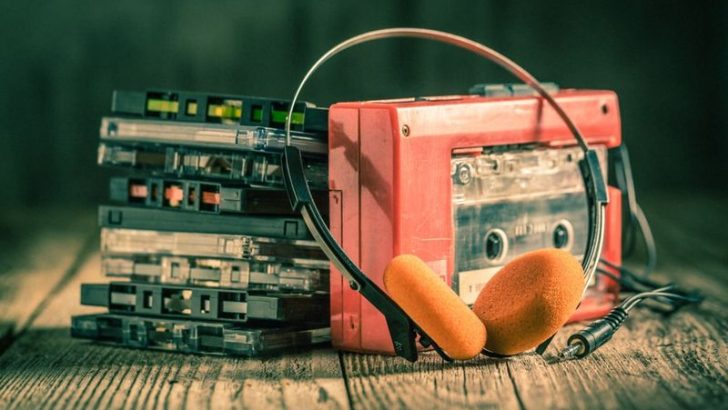In 1975, certain possessions symbolized wealth and status. Today, these items are relics of a bygone era, often viewed as obsolete or valueless. This list explores fourteen such possessions, each a testament to how quickly time can shift cultural and economic values.
1. 8-Track Tapes

Remember the days when 8-track tapes were the pinnacle of music enjoyment? These clunky cartridges were once found in every car and living room that boasted modernity. Their bold, colorful labels promised endless musical joy. They were a collector’s dream!
Fast forward to today, and the 8-track tape is a symbol of outdated technology, overshadowed by sleek, digital alternatives. Even finding a player for these tapes has become a challenge.
While they once represented musical wealth, today they’re more likely to be found gathering dust in an attic or on a thrift store shelf.
2. Polaroid Cameras
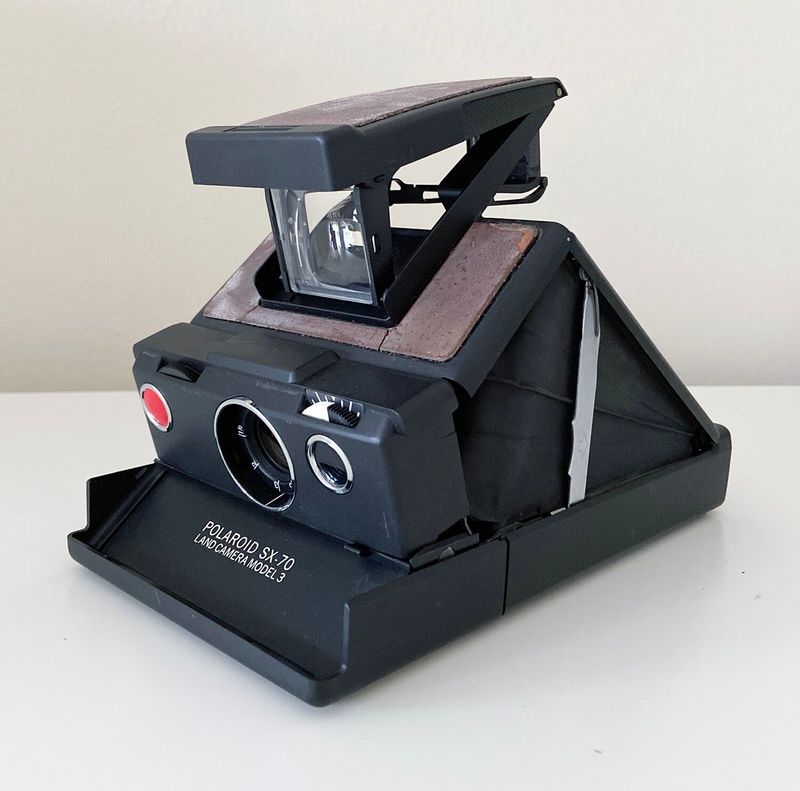
With a click and a whirr, the Polaroid camera delivered instant memories, right in the palm of your hand. In 1975, this was groundbreaking! Everyone wanted to capture life’s moments with such immediacy, making it a status symbol of sorts.
However, digital photography eventually took over, leaving the bulky Polaroid in the dust. Now, these cameras are more of a nostalgic novelty rather than a functional device.
Though still charming, the Polaroid’s heyday was undeniably in the past, when instant gratification meant waiting a minute for your photo to develop.
3. Pocket Calculators
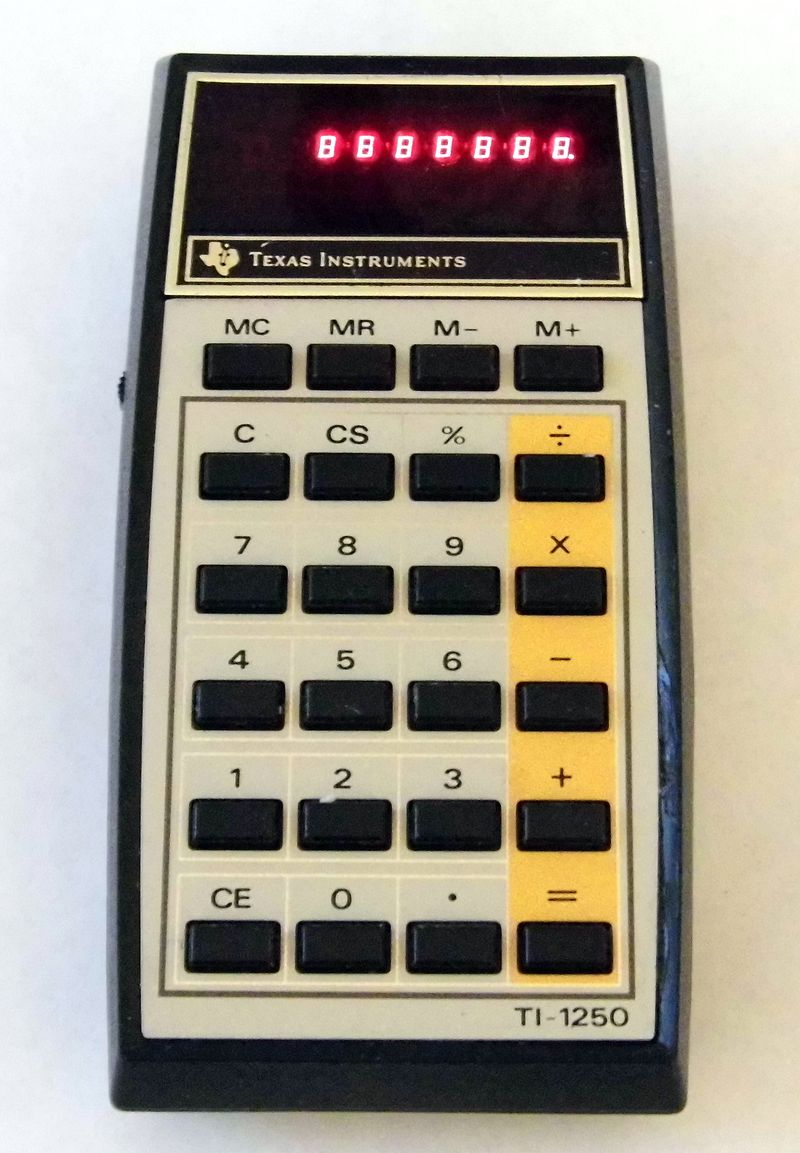
In the mid-70s, owning a pocket calculator was like having a piece of the future at your fingertips. Schools and businesses hailed them as revolutionary, compact enough to fit in your pocket but powerful enough to handle complex calculations.
Today, however, these devices seem laughably primitive. Their limited functionality can’t compete with modern smartphones, which offer infinitely more in a sleeker package.
Once a proud display of technological advancement, pocket calculators are now more likely to be seen as quirky collectibles or educational curiosities.
4. Bell-Bottom Jeans
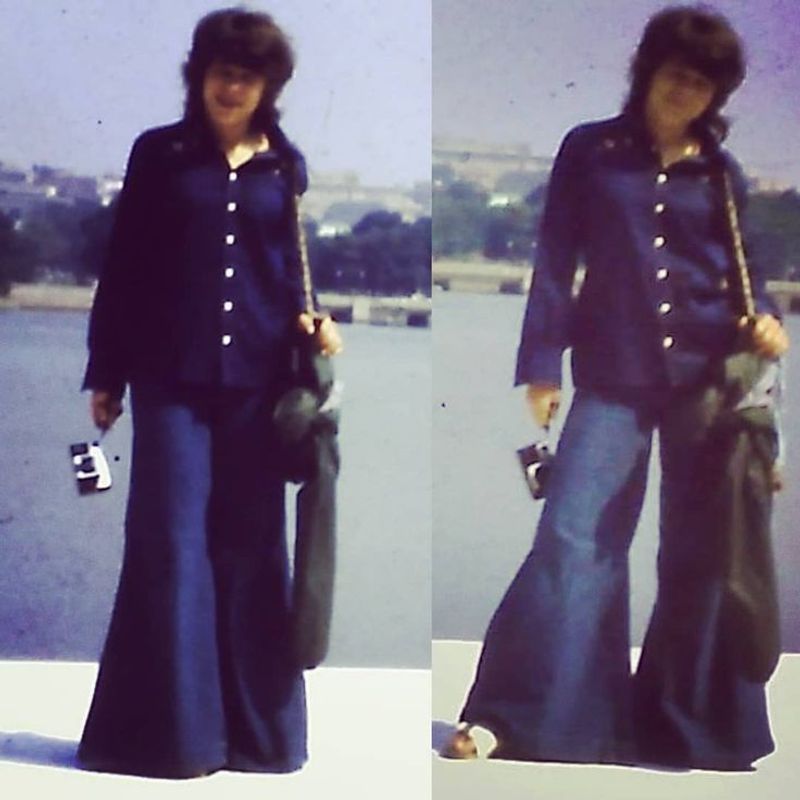
Nothing says 1970s fashion quite like bell-bottom jeans. They were the epitome of style, with their dramatic flares and bold designs capturing the free spirit of the era. Everyone from rock stars to suburban teens donned them with pride.
Over time, fashion evolved, and these flamboyant pants lost their appeal. Though they occasionally make a comeback on fashion runways, day-to-day wear has shifted to more versatile and subtle styles.
Once a staple in every wardrobe, bell-bottoms now reside mainly in vintage shops or as Halloween costume pieces.
5. Pet Rocks
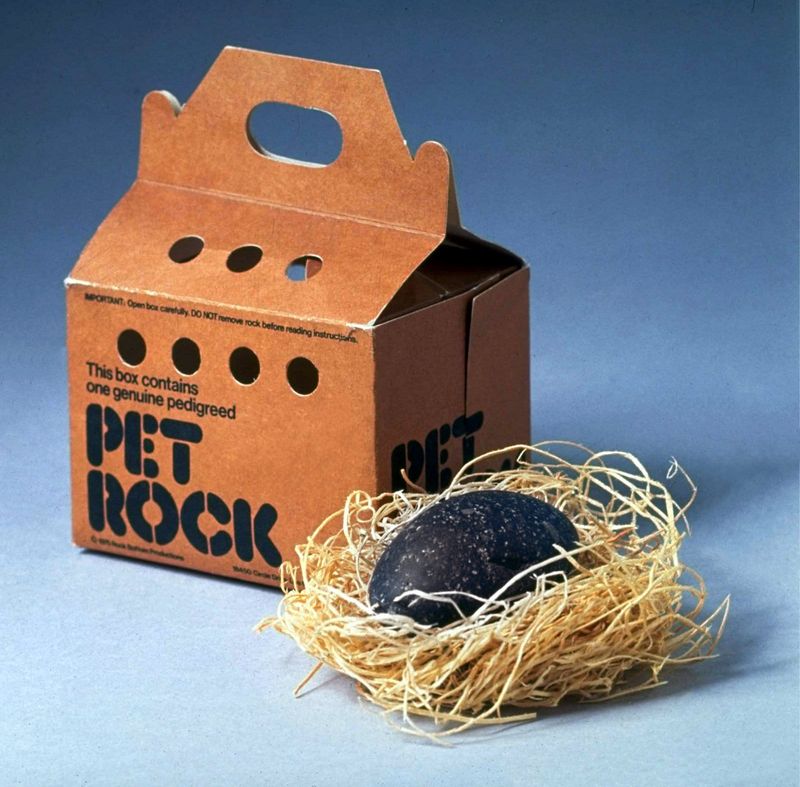
Who could forget the phenomenon of the pet rock? In 1975, this quirky fad swept the nation. Marketed as the perfect low-maintenance companion, these rocks came with their own box and care instructions.
The hype didn’t last, and soon the novelty wore off. The pet rock became a humorous anecdote of consumer culture gone awry.
Though once a symbol of clever marketing, the pet rock now serves as a reminder of fads that fade as quickly as they appear, relegated to the annals of pop culture history.
6. CB Radios
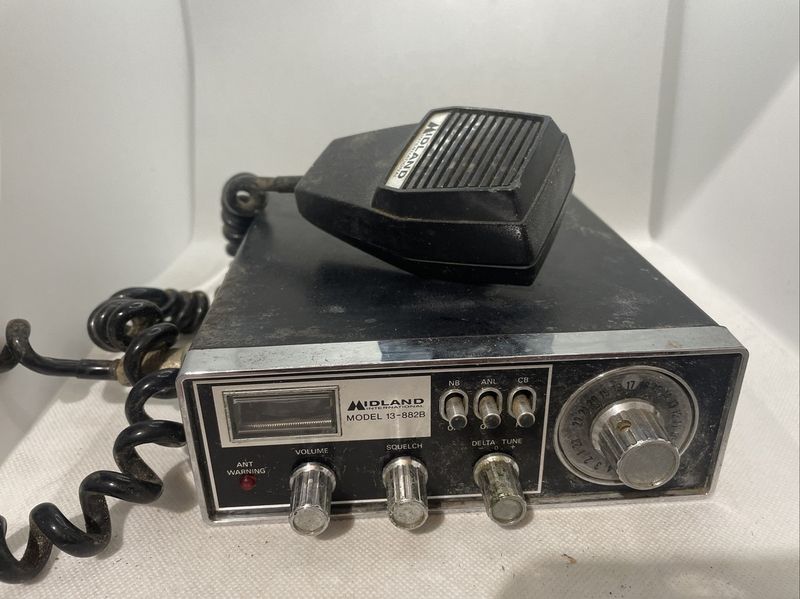
In the 1970s, the Citizens Band (CB) radio was not just a tool; it was a cultural icon. Truckers and hobbyists alike used them to communicate over long distances, creating a unique social network.
Today, the CB radio has largely been replaced by cell phones and the internet. Its analog charm is now a niche interest.
Once an essential for road warriors, CB radios are mostly found in collectors’ circles, serving as nostalgic relics of a time when long-distance chatter required a bit more creativity.
7. Fax Machines
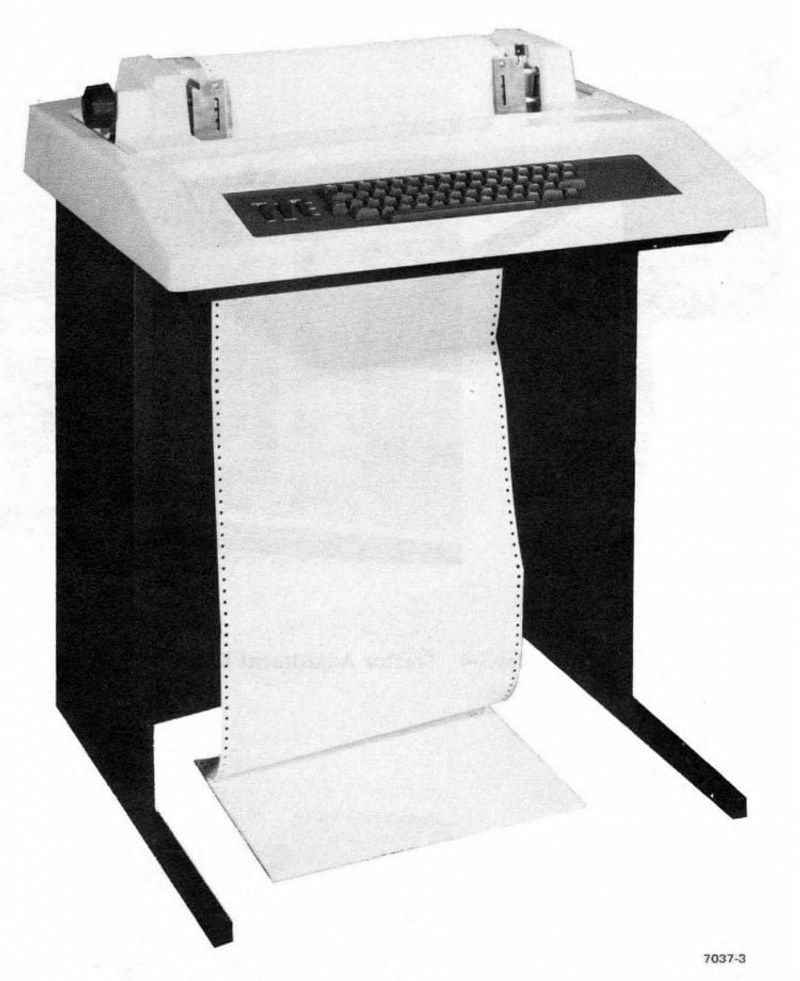
The fax machine was a revolution in communication technology, allowing documents to be sent over telephone lines. In 1975, having one meant your business was at the cutting edge.
However, digital communications have rendered fax machines obsolete. Email and instant messaging provide faster, more efficient means of sharing information.
Once a staple in every office, the fax machine now stands as a monument to how swiftly technology can advance, leaving once-innovative tools behind in its wake.
8. Mood Rings
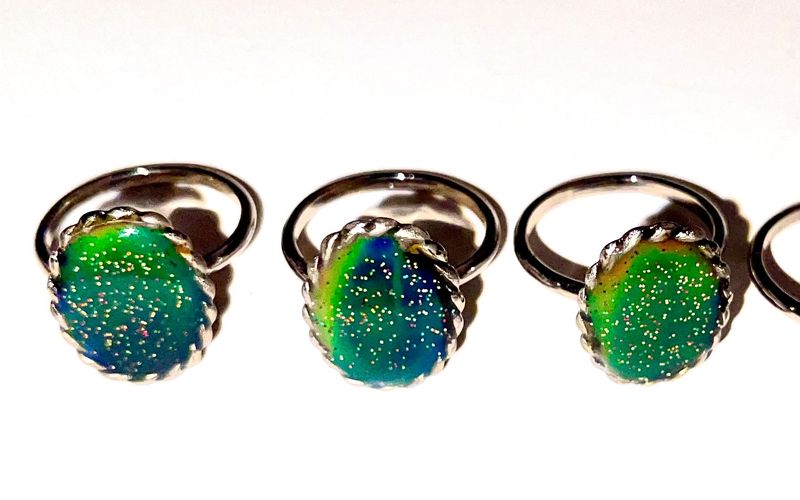
Mood rings captured the imagination with their promise to reveal your inner emotions. Each color shift was said to reflect a different mood, making them a popular accessory in 1975.
As science failed to back their claims, and fashion trends moved on, mood rings became more novelty than necessity. Their allure faded with their accuracy.
Once a must-have for anyone wanting to wear their heart on their sleeve, mood rings now serve as a whimsical reminder of a time when emotions could be worn as easily as a piece of jewelry.
9. Rotary Phones
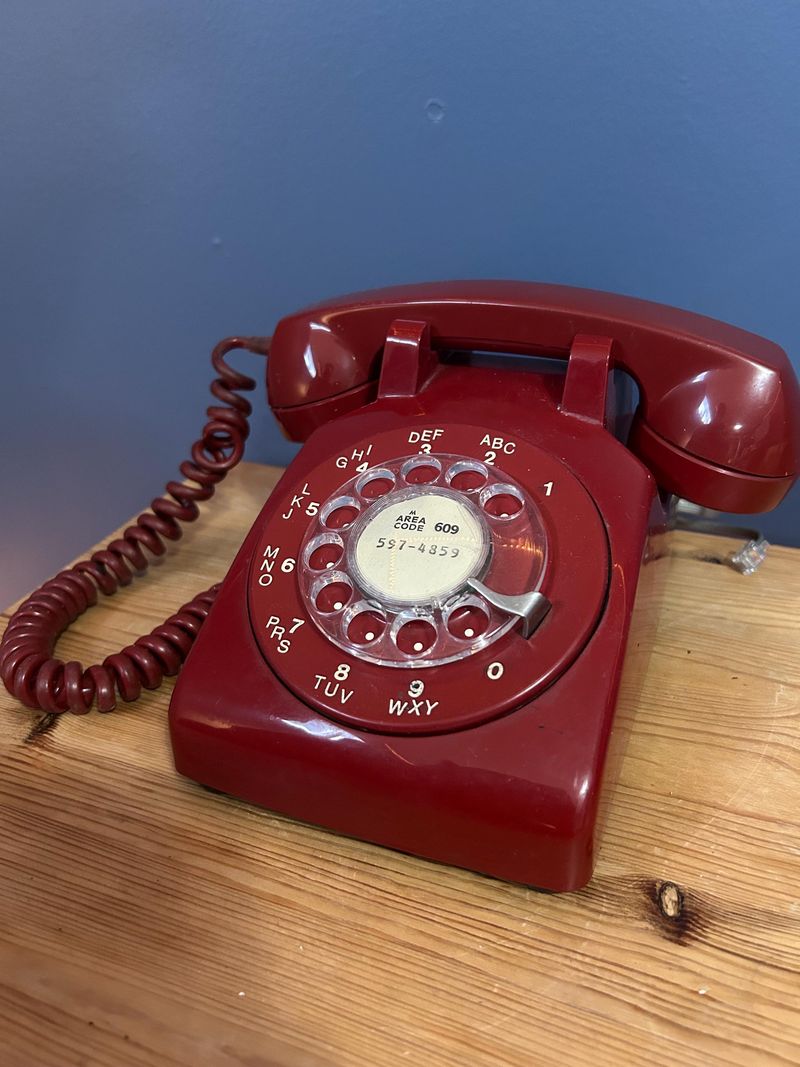
The rotary phone represents a bygone era of communication. In 1975, every home had one, a sign of connection to the wider world. Dialing each number was a deliberate act, a dance of anticipation.
Modern telecommunications have left rotary phones behind. With the advent of mobile devices, their slow, mechanical dialing seems quaint and cumbersome.
Once the heartbeat of household communication, rotary phones now serve as decorative pieces or novelty items, a tactile memory of simpler, analog times.
10. Sears Catalogs
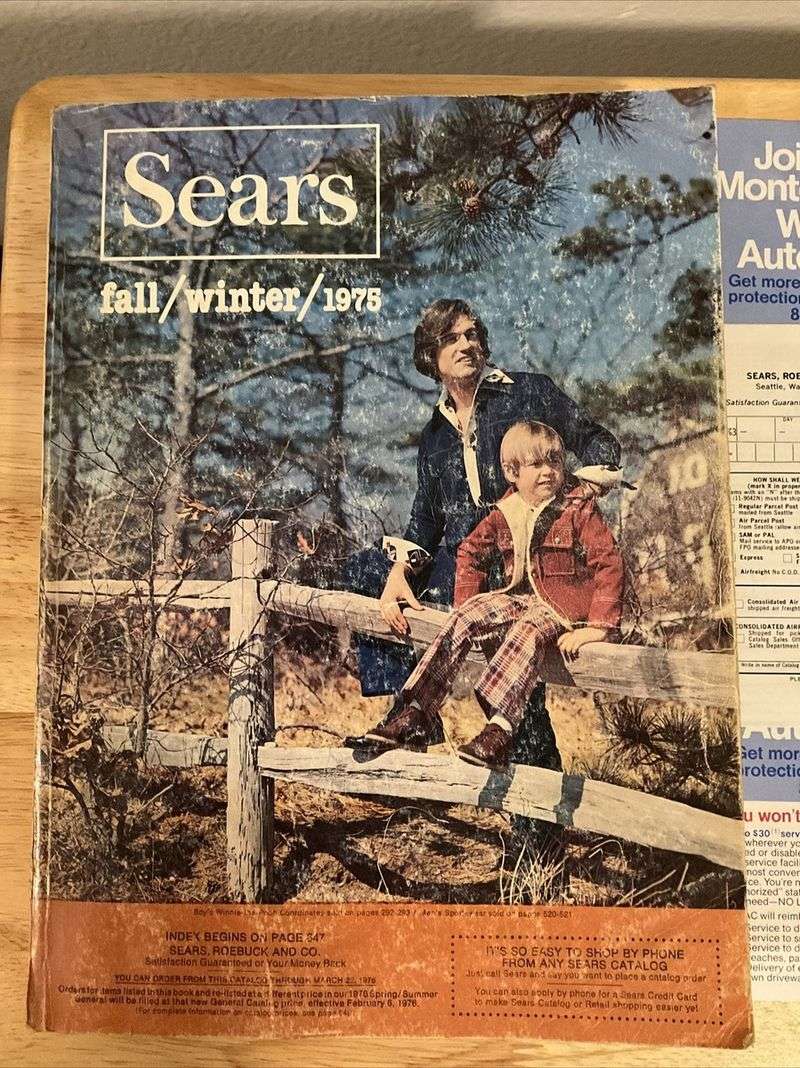
The Sears catalog was the ultimate shopping tool. It brought the world of retail into living rooms across America, offering everything from clothes to appliances.
With the rise of online shopping, these hefty catalogs have become obsolete. The convenience and breadth of the internet have rendered them unnecessary.
Once a cornerstone of consumer culture, the Sears catalog now evokes nostalgia for an era when shopping required patience and a bit of imagination, flipping through glossy pages full of possibility.
11. Typewriters
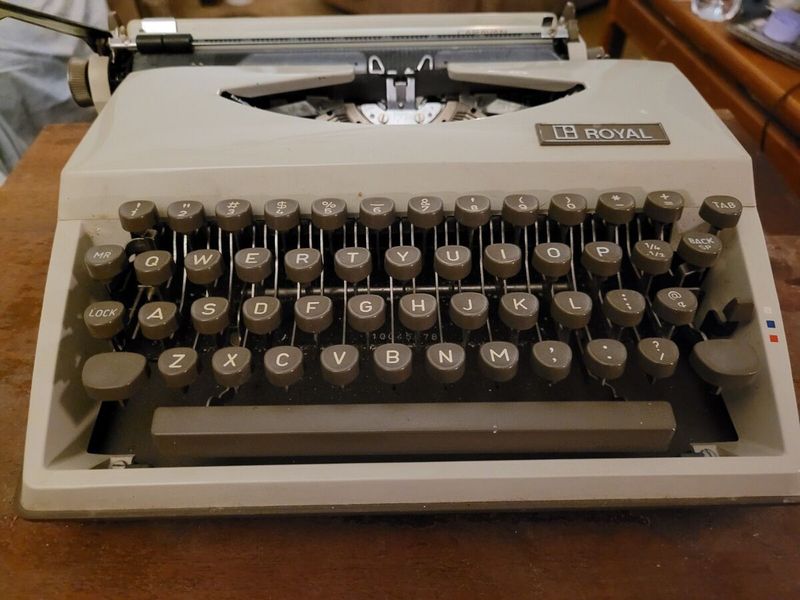
Typewriters were the writer’s best friend in 1975. They clattered out novels, letters, and reports with a tactile charm that many found irresistible. The rhythm of tapping keys was music to creative ears.
However, computers and word processors have taken over, offering ease and efficiency that typewriters can’t match. The once-ubiquitous machines have become symbols of a bygone literary era.
While they still inspire a certain nostalgia, typewriters are now cherished more for their aesthetic and historical value than for practical use.
12. Video Cassette Recorders (VCRs)
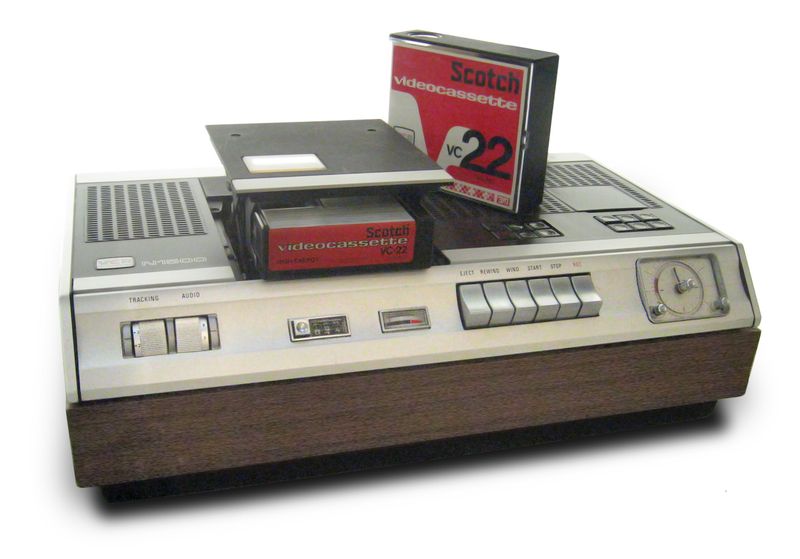
The VCR transformed home entertainment in 1975, allowing families to record and watch shows at their convenience. It was a technological marvel and a status symbol.
Digital streaming and on-demand services have since eclipsed VCRs. The bulky tapes and machines are no match for the seamless experience of modern platforms.
Once the centerpiece of living rooms, VCRs are now relics of a time when movie nights involved rewinding tapes and adjusting tracking, a nostalgic nod to early home cinema.
13. Digital Watches
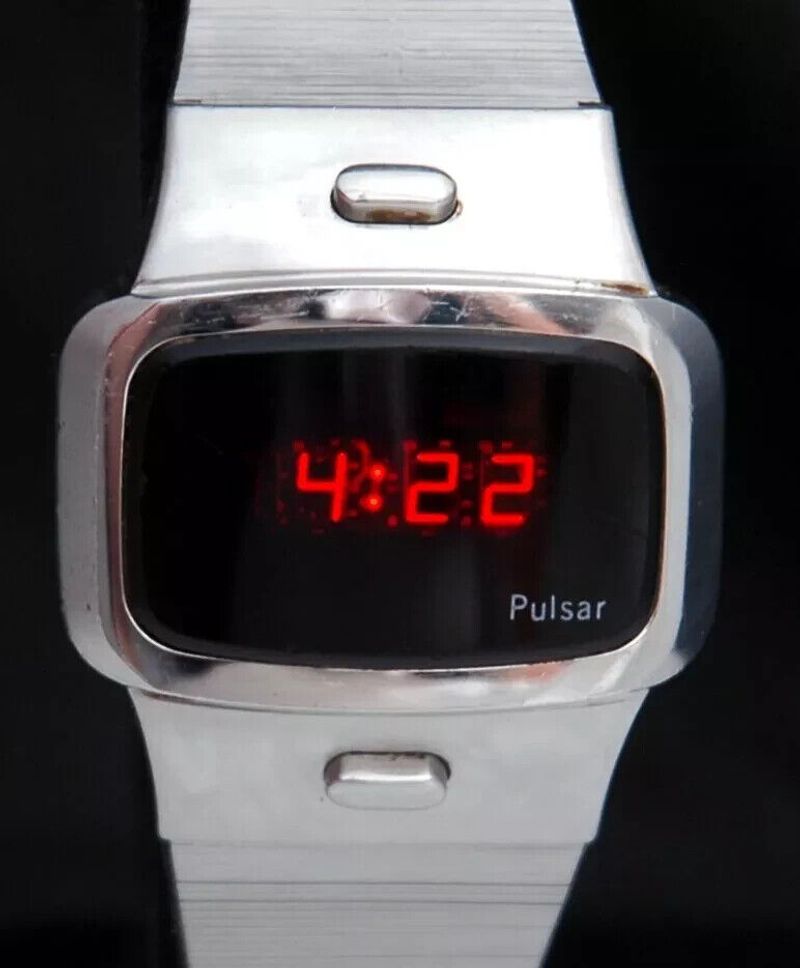
Digital watches were the future on your wrist in 1975. Their glowing displays and electronic timekeeping were the height of innovation. Owning one was a mark of modernity and style.
Yet, the novelty wore off as technology advanced. Smartwatches and smartphones have overshadowed these simple devices with their multifunctionality.
Once a futuristic accessory, digital watches from the 70s now find their place in collectors’ boxes or vintage shops, cherished for their retro appeal rather than their cutting-edge technology.
14. Wood Paneling
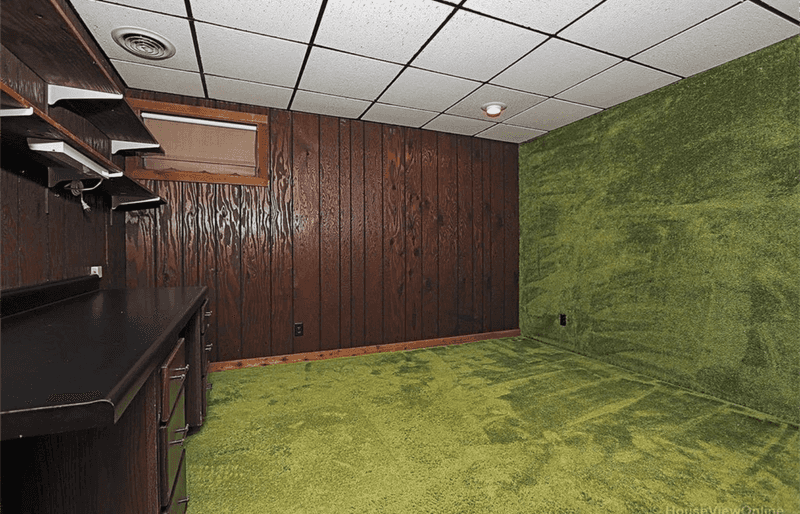
Wood paneling was a staple of 1975 home decor. Its warm, rich tones provided a cozy, sophisticated atmosphere that many homeowners coveted. Entire rooms would be swathed in this iconic style.
As design trends evolved, wood paneling fell out of favor. Minimalist and modern aesthetics, preferring lighter, airier spaces, replaced the heavy, dated look.
Once the height of interior fashion, wood paneling is now often removed or painted over, a tangible testament to changing tastes and the transient nature of style.

